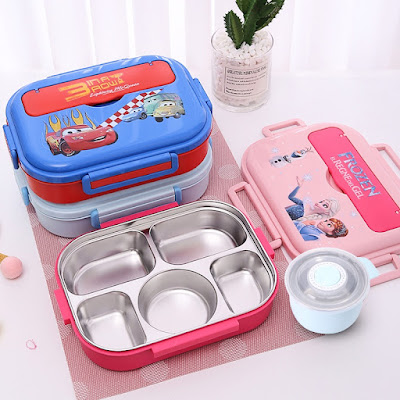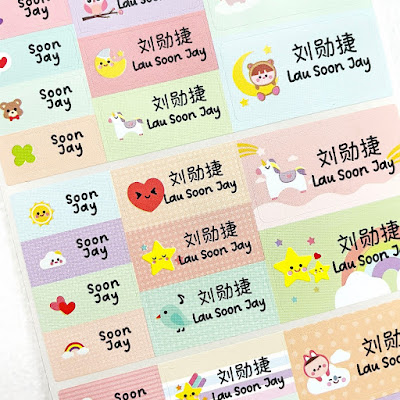It's that exciting time again for parents – Standard 1 registration! Here's a quick guide to ensure a smooth process for enrolling your child in the 2025/2026 academic year. If you have any questions while going through the process, please proceed to our Facebook group - The Malaysia Primary School Parents on Facebook group.
Key points for Std 1 Registration (2025/2026 Intake):
Who: Children born between 2/1/2018 - 1/1/2019
When: 2/5/2024 - 30/6/2024
Where: Online at https://idme.moe.gov.my/login
Results: 1/10/2024 - 31/10/2024
How to Register?
Here's a breakdown of the registration process:
Step 1: Create a Profile on idme.moe.gov.my:
New users need to register on the website. Before you start, read the User Manual and follow the step-by-step instructions with pictures provided.
Step 2: Register your Child: After creating your profile, proceed to register your child for the 2025/2026 intake. Follow the instructions provided by the system. Here is a good reference guide as well.
Step 3: Print and Submit Application Form: Upon online registration completion, print the application form. Visit the school and submit the form along with the required documents (see below).
Required Documents
Please confirm with the school. Submission dates will start on 2/5/2024 to 30/6/2024 excluding weekends and public holidays, during office hours with breaks for lunch. Please check with the school for their office hours for submission.
Birth Certificate and MyKid Card
Utility bills (e.g., TNB, Water, or Electricity)
Parent/Guardian's MyKad
Parent/Guardian's Pay Slip
Marriage Certificate or Divorce/Annulment Certificate (whichever applies)
Vaccination record
OKU card (if applicable)
Stamped envelope (if requested by the school for sending hardcopy results)
This is a general list. Always double-check with the school to ensure you have all the necessary documents before submitting your application so that you can complete everything in one visit. You can view the letters of instructions from various schools here to see if your school is in the list.
Support:
Below is the contact information for support if you face technical issues during registration
Required Documents
Please confirm with the school. Submission dates will start on 2/5/2024 to 30/6/2024 excluding weekends and public holidays, during office hours with breaks for lunch. Please check with the school for their office hours for submission.
Birth Certificate and MyKid Card
Utility bills (e.g., TNB, Water, or Electricity)
Parent/Guardian's MyKad
Parent/Guardian's Pay Slip
Marriage Certificate or Divorce/Annulment Certificate (whichever applies)
Vaccination record
OKU card (if applicable)
Stamped envelope (if requested by the school for sending hardcopy results)
This is a general list. Always double-check with the school to ensure you have all the necessary documents before submitting your application so that you can complete everything in one visit. You can view the letters of instructions from various schools here to see if your school is in the list.
Support:
Below is the contact information for support if you face technical issues during registration
 |
Kementerian Pendidikan Malaysia (KPM), Blok E8, Kompleks E, Pusat Pentadbiran Kerajaan Persekutuan, 62604 Putrajaya, Malaysia. E-mel : supportidMe@moe.gov.my |
.png)
.jpg)
.png)
















.png)

